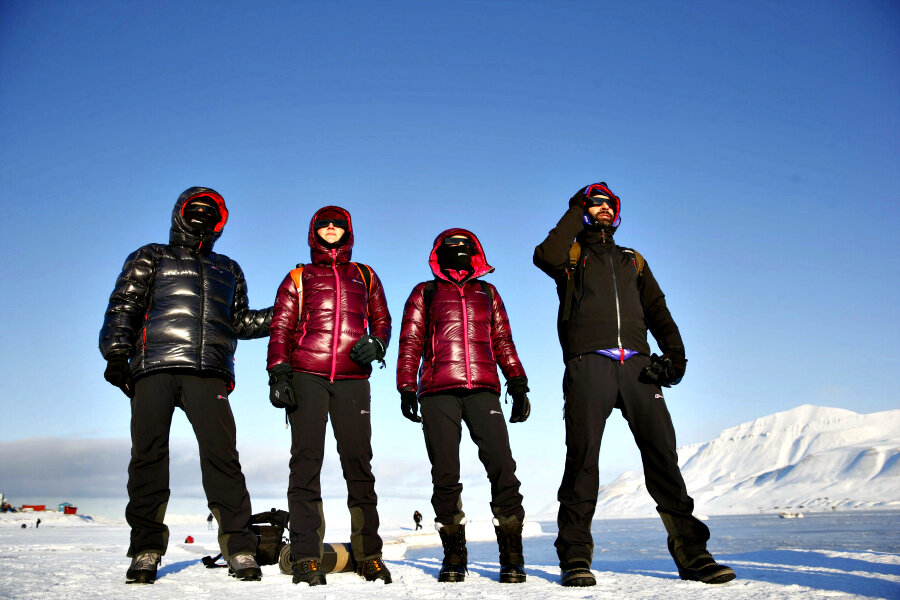Give winter a big hug
Loading...
The world’s Northern Hemisphere has plunged into the dark heart of winter – the year’s shortest days and coldest temperatures.
In the Northeastern United States many wonder if last year’s “Snowmageddon” that buried the region in the white stuff will appear again. Some hope that this year’s El Niño phenomenon in the Pacific Ocean will send warmer winds to spare them winter’s bitter blast.
But recent research in Norway suggests a time-honored approach to enjoying the season: Don’t dread winter; embrace it.
Recently a Stanford University researcher reported on her time in Tromsø, Norway, more than 200 miles north of the Arctic Circle, where she studied the effects of winter on mental health. Not only is Tromsø bitterly cold, it’s dark: For two months the sun doesn’t rise above the horizon.
Her findings surprised her: When asked about winter depression, many people there didn’t know what she was talking about. Most were looking forward to the season.
“Norwegians have a saying that ‘there’s no such thing as bad weather, only bad clothing,’ which typifies their ingrained belief that being active is part of a happy life – and, especially, a happy winter,” writes Kari Leibowitz, a PhD candidate in psychology.
She wondered if the insights of Alia Crum, a Stanford psychology professor, might be evident in Tromsø. Dr. Crum’s research has shown that the “mind-set” or attitude people hold toward a stressful situation makes a huge difference in whether it causes mental or even physical problems, or actually enhances their mood and abilities.
While Ms. Leibowitz acknowledges more research is necessary, she says the Norwegians she observed didn’t necessarily even depend on getting outside or basking in a certain amount of daylight. They liked being indoors, too.
“Norwegians embrace the idea of koselig, or ‘coziness,’ ” Leibowitz writes, “that making the conscious effort to light candles and fires, drink warm beverages, and snuggle under blankets can be enjoyable and relaxing.”
To those in other cold climes, with their boots, scarves, and snow shovels standing ready, those are comforting words.







